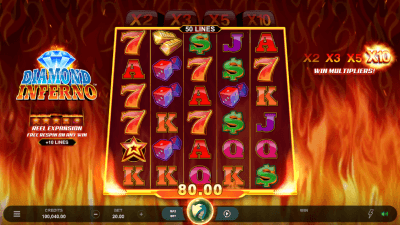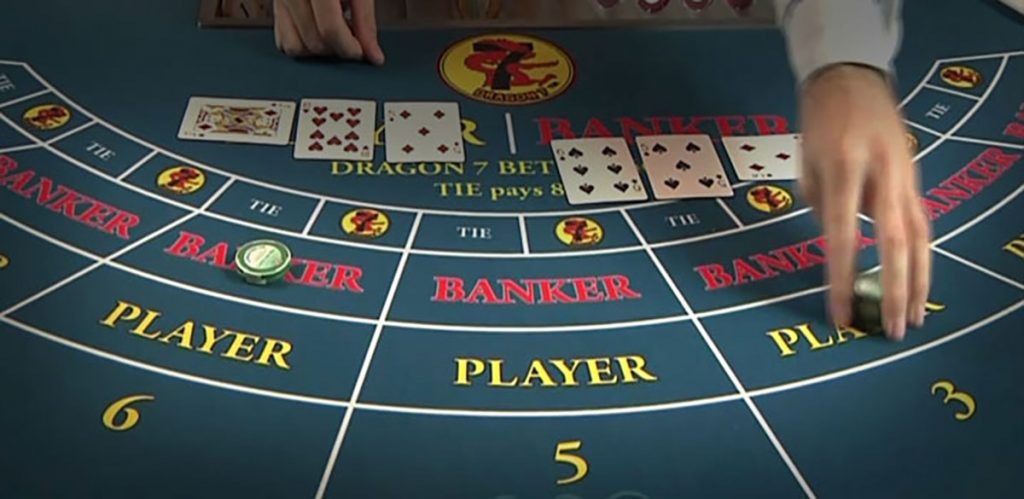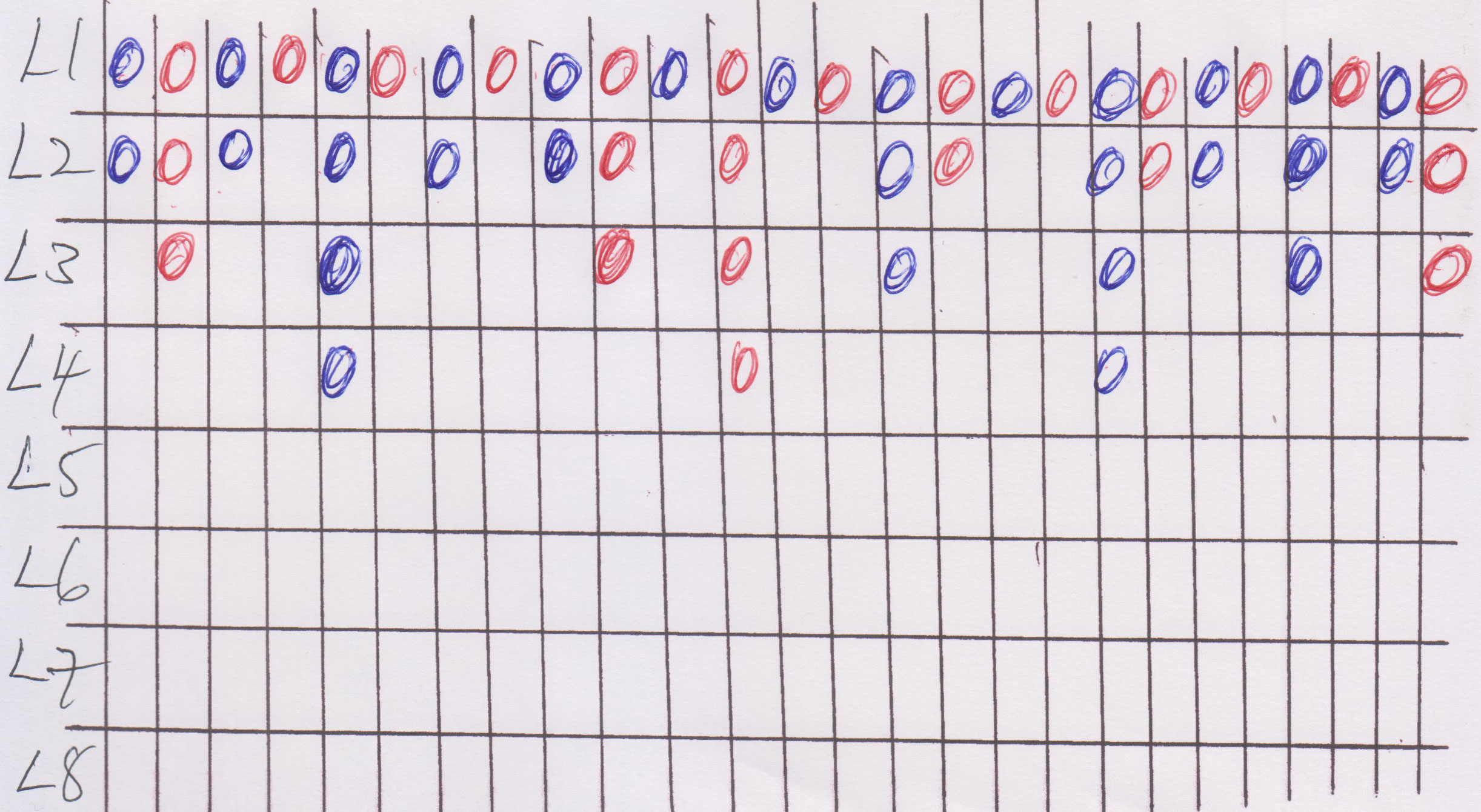Baccarat Results
I am writing this post to make several Excel spreadsheets easily available for you to download. Each of these works the same way. Once you open the spreadsheet, to run a new simulation, you have two easy choices:

One great way to master your playing results or become professional Baccarat player is testing your strategies before you play for real. You need to test your Baccarat betting system before you know if it’s winning or losing strategy. Best Baccarat simulator with shoes generator and game statistics.
- Click on “Save” or
- Type a number into any empty cell and hit “Enter”

Simulation 1.

- You may have noticed that in the game of baccarat results are constantly moving. Banker wins, then Player wins, or you see two of each or 10 of one or the other. It is an ever-changing scene from hand to hand.
- The real world results relating to understanding baccarat is relative observations, expectations and reality all mixed up and combined. Realistically meaning, real brick & mortar casino dealt shoes of baccarat. Theory, system, method, triggers and desires in baccarat are often different than the outcome of a real baccarat shoe.
- 22.2 Where we have continued to accept bets on a market, a sporting event or Numbers Game which have been closed or suspended or should have been closed or suspended, including where the relevant event is in progress (except where 'in-running' bets are accepted) or had already finished and the outcome or results had already been determined.
The first simulation shows the profit/loss results from 1000 shoes of baccarat, where the player is making a $100 wager on “Player” every hand. These results are distributed into an approximately normal curve. This simulation shows the wide variation in win/loss results that individual shoes can generate. A separate page shows the results from the “Tie” bet.
Here is the Excel spreadsheet: Baccarat_MC_Sim
Simulation 2.
The second simulation shows the cumulative effect of playing 1000 shoes, making a flat $100 wager on Player every hand. This represents a year to a lifetime of play for the typical player. Additional curves showing the t-Win, as well as the 1st, 2nd and 3rd standard deviations are included. The key point here is to show that “regression to the mean” does NOT mean that the player’s results should converge to the player’s t-Win.
Here is the Excel spreadsheet: Baccarat_MC_Sim_2
Simulation 3.
The third simulation is similar to the second given above, except instead of simulation 1000 shoes, only 50 shoes are shown. This gives realistic results for what a player might experience on a single extended baccarat trip. As above, additional curves showing the t-Win, as well as the 1st, 2nd and 3rd standard deviations are included.
Here is the Excel spreadsheet: Baccarat_MC_Sim_50_Shoes
Simulation 4.
This simulation shows two different betting strategies. The first is a classical martingale (double up after a loss), starting with a $100 Player bet. The second shows the results if the player follows the strategy of only wagering after two consecutive Player wins, in which case the wager is $100 on Player. The t-Win is also shown. The key lesson here is that neither of these systems dents the house edge.
Here is the Excel spreadsheet: Baccarat_MC_Progression_Sim
Simulation 5.

Sample Baccarat Results
This simulation is of 1000 shoes using the d’Alembert progression. As above, the player’s results along with the t-Win are both given. The rules are as follows:
- Base bet = $100, Player bets only.
- After a win (Player), decrease your bet by $100, but no lower than $100.
- After a loss (Banker), increase your bet by $100.
- After a Tie, no change in bet size.
- Reset the initial wager to $100 at the start of every shoe.
Here is the Excel spreadsheet: Baccarat_MC_dAlembert_Sim
If you like that sort of thing, here is a spreadsheet using the d’Alembert progression on roulette, wagering on “Even” only:
YouTube Videos.
Baccarat Results Display
Videos about each of these spreadsheets (except for the d’Alembert) are available on my YouTube channel.